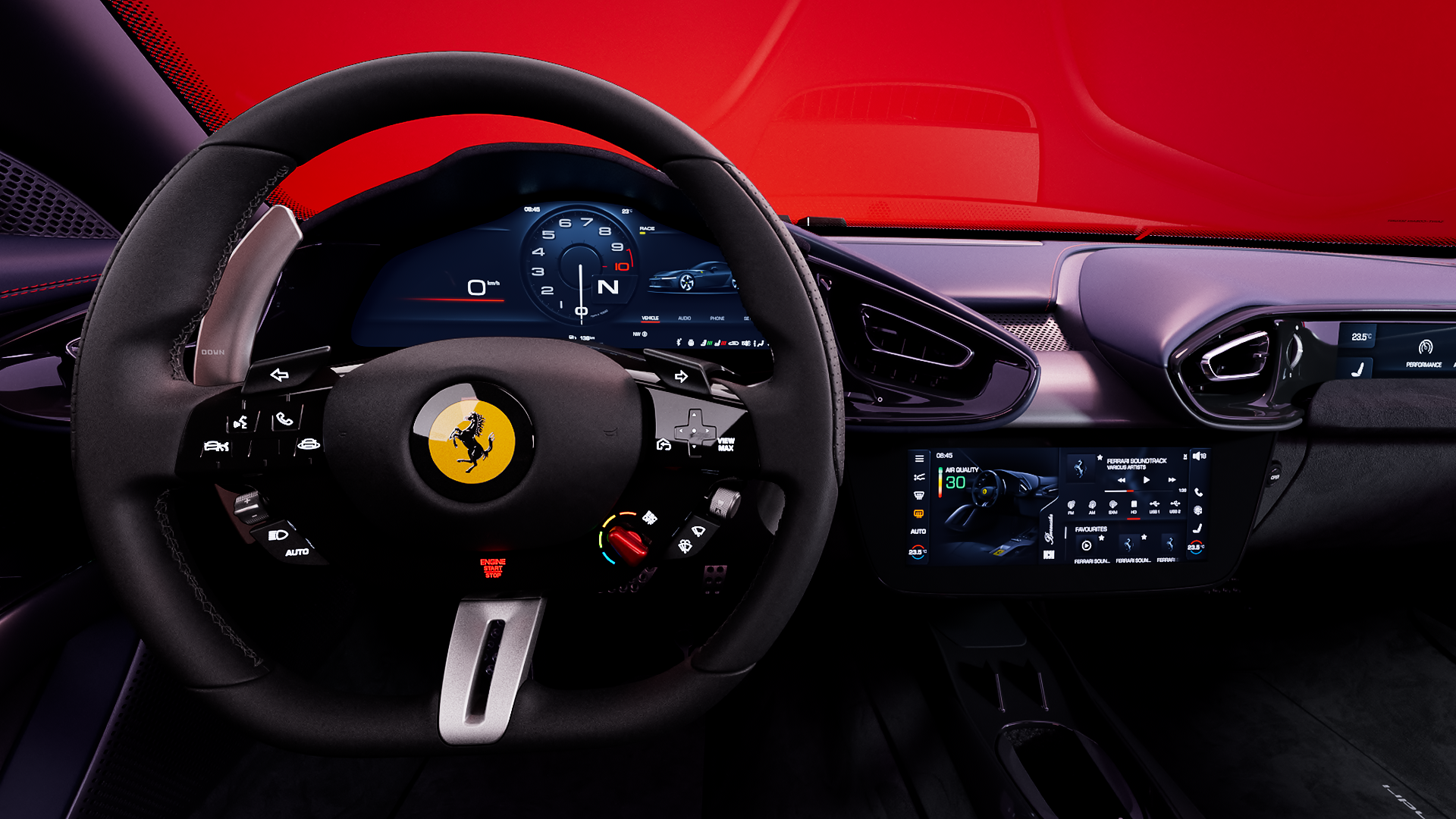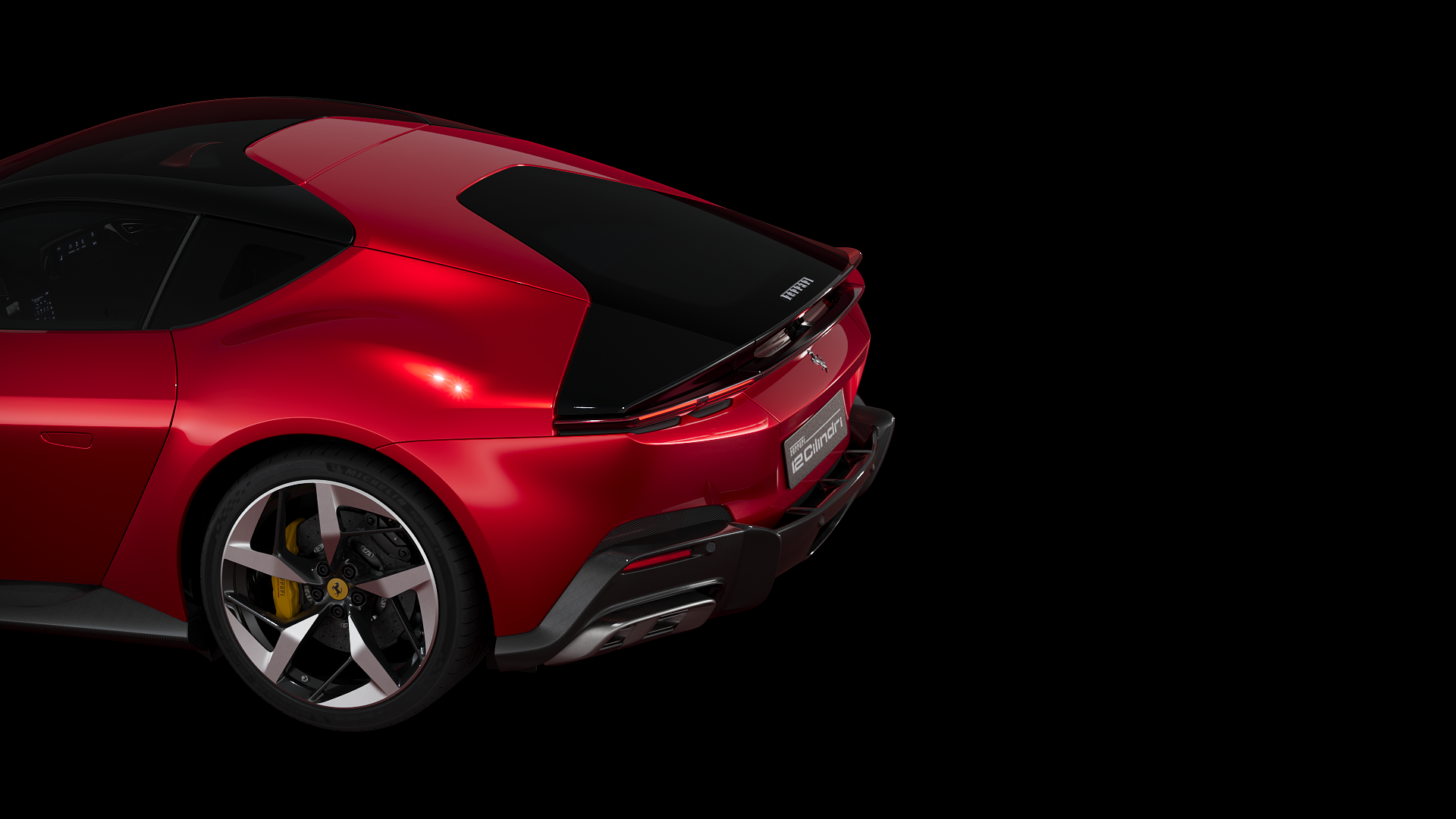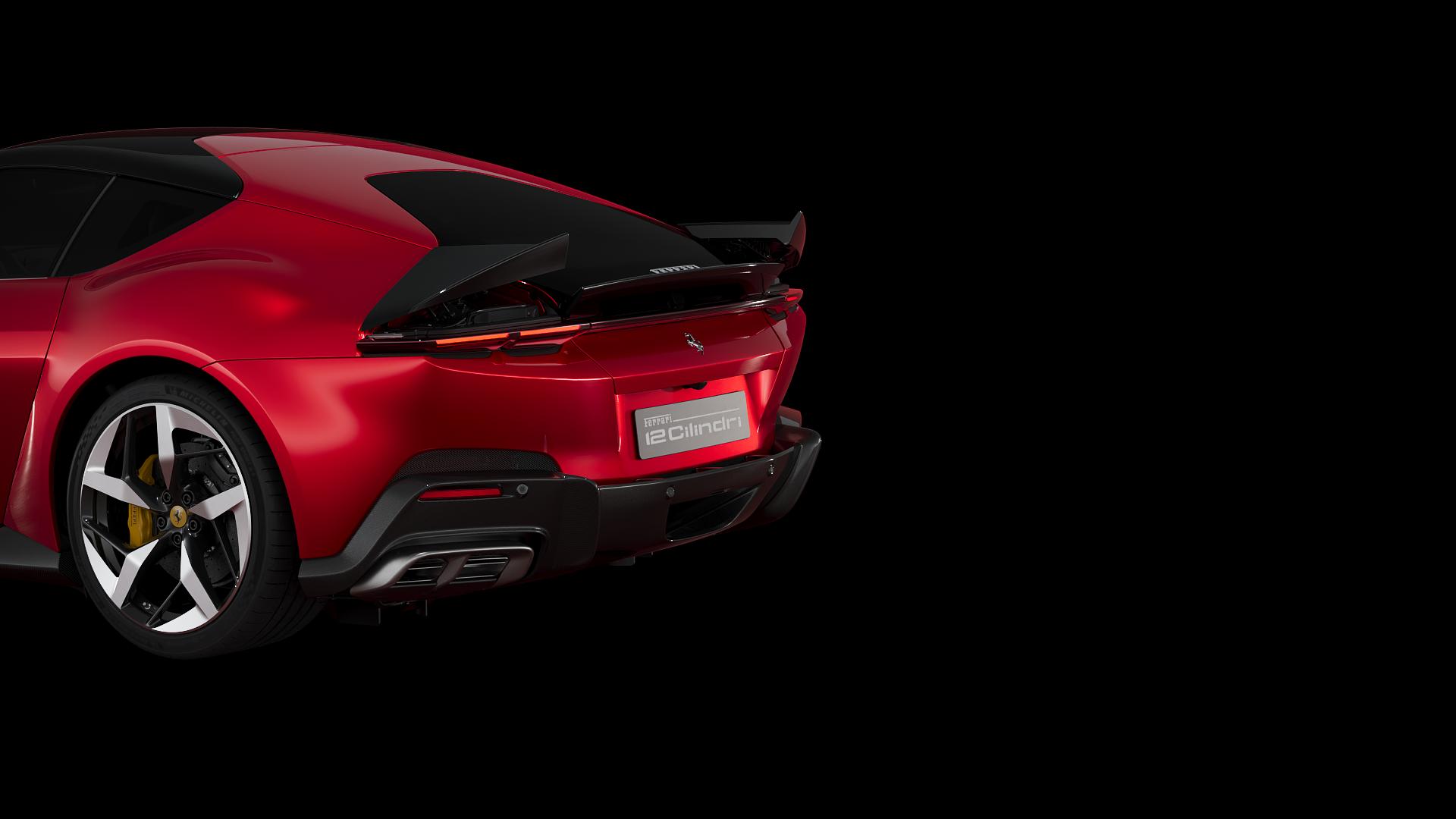- CO2 Emission:
- Low: 618 g/km
- Mid: 356 g/km
- High: 302 g/km
- Extra high: 296 g/km
- Combined: 353 g/km
- Fuel consumption:
- Low: 27.2 l/100km
- Mid: 15.7 l/100km
- High: 13.3 l/100km
- Extra High: 13.1 l/100km
- Combined: 15.5 l/100km
The values of fuel consumptions and CO2 emissions shown were determined according to the European Regulation (EC) 715/2007 in the version applicable at the time of type approval. The fuel consumption and CO2 emission figures refer to the WLTP cycle.
In order to be placed on the market, passenger cars carry out a series of tests to verify their compliance with regulations.

The tests to assess fuel consumption, CO2 and pollutant emissions are carried out in the laboratory and are based on specific driving cycles. In this way, the tests are reproducible and the results comparable. This is important because only a laboratory test, which follows a standardized and repeatable procedure, allows consumers to compare different car models. On 1 September 2017, the new Worldwide harmonised Light-duty vehicle Test Procedure (WLTP) came into force in Europe and will gradually replace the New European Driving Cycle (NEDC) protocol. NEDC (New European Driving Cycle): it has been the European driving cycle used so far for the measurement of fuel consumption and emissions from passenger cars and light commercial vehicles. The first European driving cycle came into force in 1970 and referred to an urban route. In 1992 it was also considered to have an extra-urban phase and since 1997 it has been used for measuring consumption and CO2 emissions. However, the composition of this cycle is no longer consistent with current driving styles and distances travelled on different types of roads. The average speed of the NEDC is only 34 km/h, accelerations are low and the maximum speed is just 120 km/h. WLTP procedure: WLTP uses new Worldwide harmonised Light-duty vehicle Test Cycles (WLTC) to measure fuel consumption, CO2 and pollutant emissions from passenger cars and light commercial vehicles. The new protocol aims to provide customers with more realistic data, better reflecting the daily use of the vehicle. The new WLTP procedure is characterized by a more dynamic driving profile with more significant acceleration. The maximum speed increases from 120 to 131.3 km/ h, the average speed is 46.5 km/h and the total cycle time is 30 minutes, 10 minutes more than the previous NEDC. The distance travelled doubles from 11 to 23.25 kilometers. The WLTP test consists of four parts depending on the maximum speed: Low (up to 56.5 km/h), Medium (up to 76.6 km/h), High (up to 97.4 km/h), Extra-high (up to 131.3 km/h). These parts of the cycle simulate urban and suburban driving and driving on extra-urban roads and motorways. The procedure also takes into account all vehicle’s optional contents that affect aerodynamics, rolling resistance and vehicle mass, resulting in a CO2 value that reflects the characteristics of the single vehicle.






The Ferrari 12Cilindri introduces a new Human Machine Interface (HMI) comprising three displays that raise the Ferrari V12 berlinetta onboard experience to new heights.
All of the main functions can be controlled from the central 10.25” touchscreen capacitive display within reach of both driver and passenger. This is flanked by a 15.6” driver display showing all of the driving and vehicle dynamics information.
Lastly, the passenger is always completely involved in the driving experience thanks to an 8.8” display.

The car sports the capacitive steering wheel seen on all of the latest models in the range featuring the indented buttons for ease of use.
This means that command activations are more precise, instant and intuitive even in sporty driving conditions.
The Ferrari 12Cilindri comes with Apple CarPlay® and Android Auto®-based mobile connectivity systems as standard, both easily controlled from the new central display. A wireless charging mat on the central tunnel (as standard) makes phone charging simple too.

The interior style takes its inspiration from the Prancing Horse’s dual cockpit architecture.
The Ferrari 12Cilindri’s cabin has an almost symmetrical structure comprising two modules for driver and passenger and offering an astonishing standard of comfort and involvement in the driving experience.
The upper section features two distinct binnacles dedicated to the driver and passenger instrumentation and to the climate control vents.
A deftly elegant colour and material change draws the eye to the two volumes separated by the body of the dash, which seem almost to float, further enhancing the feeling of lightness in this area.






Aerodynamic load-generating flaps have been introduced on the rear of the Ferrari 12Cilindri, permitting two different configurations: Low Drag (LD) and High Downforce (HD).
In the LD position, the flaps are flush with the bodywork so that the air runs over it uninterrupted, making them invisible to the flow. This configuration is retained until a speed of 60 km and over 300 km/h.
In between these two speeds, movement depends on the car’s longitudinal and lateral acceleration.
In high-performance handling and braking situations, the flaps go into HD configuration, generating maximum downforce.

The profile of the louvres in the central opening of the underbody minimise the impact of the hot air which is not highly energised.
The downforce on the front is generated by three pairs of vortex generators optimised in the wind tunnel.
The front underbody helps to cool the brake system while the rear underbody sports a pair of vortex generators which are used to produce efficient downforce and channel the flows towards the extractor.
In line with Ferrari’s philosophy of transferring innovations from the racing world to the road-going sports cars, the engineers designed an air inlet near the outer edge of the rear fence to provide ventilation for the silencer’s electronics.


The cooling requirements of the engine and ancillaries demanded a redesign of the car’s entire cooling system which resulted in front underbody evacuation being optimised.
The space between the longitudinal elements of the chassis house the engine coolant radiator and air-con circuit condenser, while the oil radiator has been split into two and lies ahead of the front wheels.

- Powertrain
- Design
- INTERIOR
- CHASSIS AND BWI
- AERODYNAMICS
- TECHNICAL DETAILS
- Gallery

?width=1920&height=1080)
